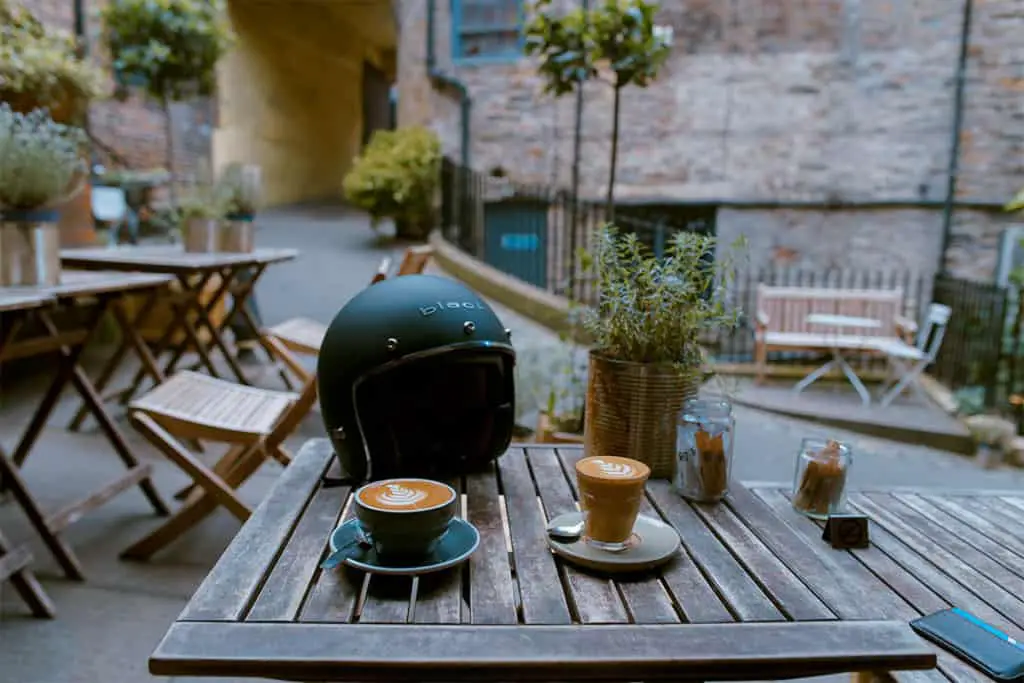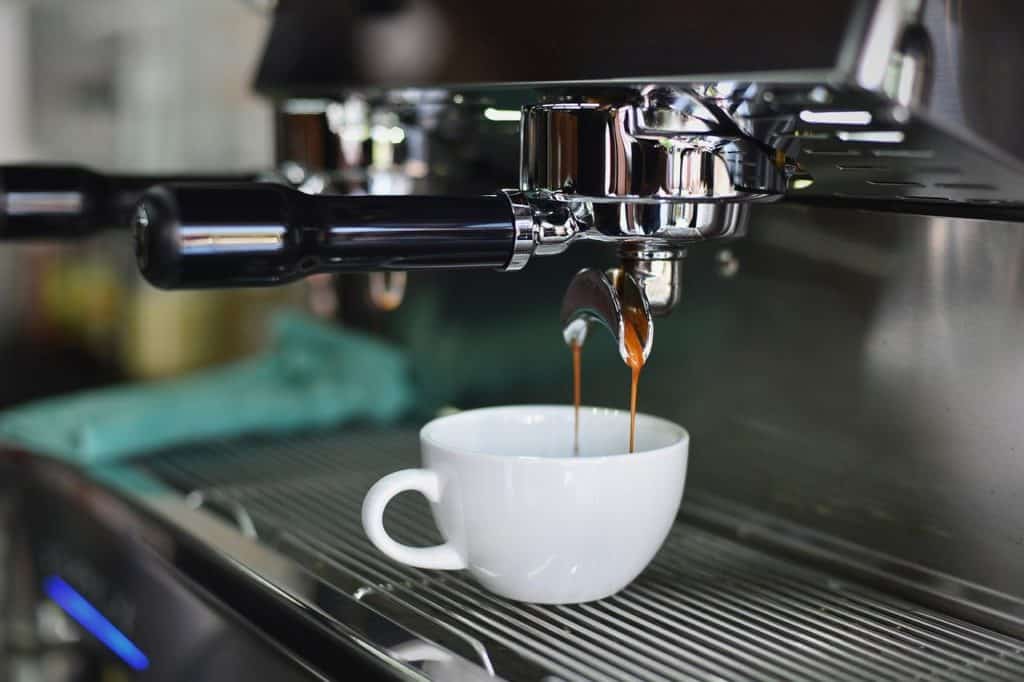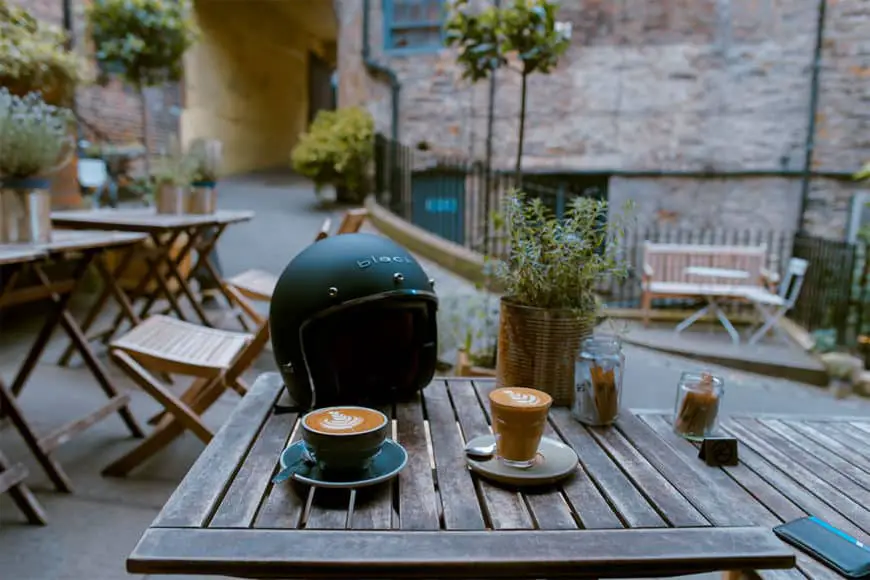
If you’ve ever stared at a coffee menu wondering what sets a flat white apart from a latte, you’re not alone. They sound similar, look kinda alike, and both involve espresso and milk—so what’s the deal? Let’s break it down. A flat white is a small, bold coffee drink with a double shot of espresso and velvety steamed milk, while a latte is bigger, creamier, and topped with a fluffy foam layer.
This article dives into their origins, how they’re made, and what they taste like, so you can finally tell them apart—and maybe even whip one up yourself.
Where Did the Latte Come From?

The latte’s roots go way back, even if the name didn’t stick until later. People have been mixing milk and coffee forever—think “milchkaffee” in Germany or “café au lait” in France, using brewed coffee because espresso machines weren’t a thing yet. The word “latte” just means “milk” in Italian, and once espresso machines hit the scene in Italy around the 1900s, milk-based drinks like cappuccinos started popping up.
The latte as we know it—milder, with more milk than a cappuccino—really took off in the U.S. during the 1980s Seattle coffee boom. Baristas started steaming milk, pouring it over espresso, and topping it with foam. These days, lattes are everywhere, often jazzed up with vanilla syrup, oat milk, or even swapped out for chai or matcha. It’s a customizable classic.
Where Did the Flat White Come From?
The flat white is a newer kid on the block, born in the 1980s Down Under. Australia and New Zealand still bicker over who invented it—Sydney cafes claim it, while Auckland and Wellington say it’s theirs. The story goes that someone wanted a cappuccino without the big foamy head, so baristas ditched the fluff for a “flat” layer of microfoam. It stayed a local favorite until Starbucks brought it to the U.S. in 2015, and now it’s a go-to for coffee nerds worldwide.
Fun fact: the debate’s still alive in 2023, with Aussie and Kiwi baristas posting TikToks to stake their claim. Wherever it started, the flat white’s here to stay.
Cup Size: Small vs. Big
One of the easiest ways to spot the difference is the cup. A flat white comes in a smaller ceramic cup—about 6.5 ounces in Australia, though U.S. cafes often stretch it to 8 ounces. It’s compact, keeping the coffee flavor front and center. A latte, on the other hand, rolls in bigger—10 ounces in Australia, 12 ounces or more in the U.S., sometimes served in a tall glass. That extra space means more milk, which softens the espresso’s edge.
Think of it like this: a flat white is a quick, punchy chat, while a latte’s a long, leisurely catch-up. Size matters here.
Milk Prep: Microfoam vs. Foam
Milk’s where these drinks really go their separate ways. For a flat white, baristas steam the milk into a super-fine microfoam—think silky, almost glossy, with tiny bubbles you can barely see. They pour it over the espresso so the coffee’s crema (that golden-brown top) blends in just a bit, giving it a smooth, uniform look. No thick foam here, just a thin, velvety layer.
Lattes get steamed milk too, but with more air worked in, creating a thicker foam cap—about an inch or so. The milk goes in first, then the foam gets spooned or poured on top, sitting proud above the coffee. Whole milk’s the gold standard for both drinks, especially for that lush flat white texture, but oat or almond milk can work if you’re into that.
Espresso: How Much Coffee Are We Talking?

Both drinks usually kick off with a double shot of espresso—2 fluid ounces, or 60 milliliters. That’s the standard, though some cafes play around with it. You might find a flat white made with a single shot or a ristretto (a shorter, more intense espresso pull), but most stick to the double. Lattes almost always go double too, though the extra milk dilutes the coffee punch compared to a flat white.
It’s less about the espresso amount and more about how the milk balances it. Same starting point, different vibes.
Taste: Bold vs. Creamy
Here’s where it all comes together. A flat white’s smaller size and thinner milk layer let the espresso shine—strong, rich, with just a hint of sweetness from the microfoam. It’s like drinking coffee with a side of milk, not the other way around. A latte, with its bigger milk-to-espresso ratio, leans creamy and mellow. The foam adds a light, airy touch, making it smoother and less in-your-face.
If you’re after a bold coffee hit, flat white’s your pick. If you like it soft and easygoing, go latte. And hey, you can always tweak the shots—add an extra one if you’re feeling wired, or cut back if you’re chilling.
Make Them at Home
Want to play barista? Here’s how to nail both drinks with a basic espresso machine or even a stovetop Moka pot (close enough!).
Flat White
- Pull a double shot of espresso into a 6- to 8-ounce cup.
- Steam your milk with a little air—just enough for a silky microfoam, not big bubbles. Aim for 130–150°F if you’ve got a thermometer.
- Pour the milk over the espresso slow and steady, letting the crema peek through. Done.
Latte
- Pull a double shot of espresso into a 10- to 12-ounce cup or glass.
- Steam the milk with more air this time—get that foamy top going, about an inch thick. Same temp range.
- Pour the milk over the espresso, then spoon or tilt the foam on top. Sip and enjoy.
Pro tip: Whole milk’s your friend for the best texture, but practice with whatever you’ve got. Frothing takes a few tries to get right—don’t sweat it.
Wrapping Up
So, flat white or latte? It’s all about what you’re craving. The flat white keeps it small, strong, and velvety—perfect if you want coffee with a capital C. The latte’s bigger, milder, and foamier, ideal for sipping slow. Coffee’s a personal thing anyway—recipes shift depending on the cafe, the barista, or the country. Not sure what you’re getting? Ask your barista how they make it. Better yet, order both and see which one wins you over.
Next time you’re at the counter, you’ll know exactly what’s up. Go experiment, mess around at home, and find your favorite. Coffee’s too good to not have fun with it.

